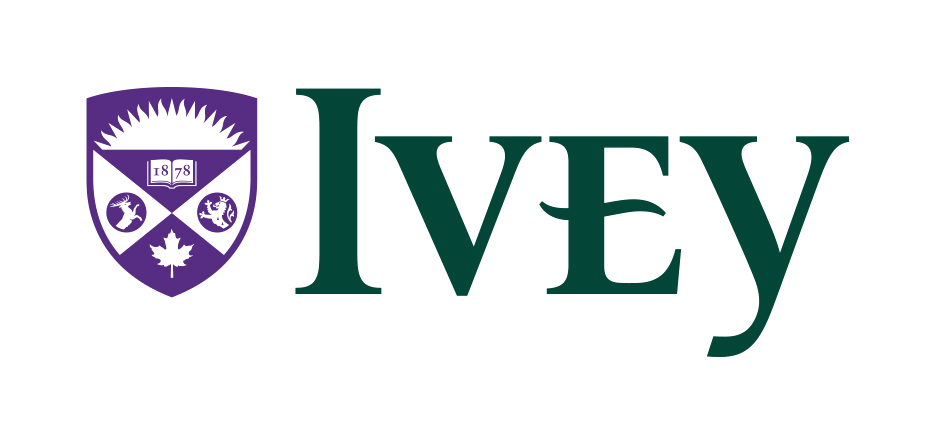9483
AiS
Session 6a


Joshua
Foster

Agenda
- Note: Asymmetric Information: Market Failures, Market Distortions, and Market Solutions.
- Principal-agent Problems.
- Pre-contract Problems: Adverse Selection
- Post-contract Problems: Moral Hazard
Thought experiment.
- An emeritus economics professor is sitting on her front porch near a 4-way stop sign.
- She makes the following observation:
Volvos had, by far, the most rolling stops out of all vehicle makes.
She thinks, "Why might drivers in Volvos do this?"
Theory 1.
- Bad drivers know they need safer cars.
- Therefore, they buy Volvos and continue to drive dangerously.
Adverse Selection.
- A problem exists pre-contract.
- The problem is caused by hidden information.
Theory 2.
- Good drivers know safe cars reduce the risk of injury.
- Therefore, they buy Volvos and begin to drive dangerously.
Moral Hazard.
- A problem exists post-contract.
- The problem is caused by hidden actions.
What kinds of products do you buy where you feel poorly informed in advance?
| 1) | 2) |
| 3) | 4) |
| 5) | 6) |
Does your uncertainty affect your WTP for these goods and services?
Would you pay a premium to be sure you got high quality?
How do you make decisions about these kinds of purchases in the face of uncertainty?
Akerlof's Market for Lemons 🍋
Consider the used car market. Assume:
- 70% of cars are lemons (🍋),
30% are peaches (🍑). - For buyers: 🍋$=\$$2000, 🍑 $=\$$3000.
- For sellers: 🍋$=\$$1500, 🍑 $=\$$2500.
Asymmetric information: sellers know if they have a 🍑 or a 🍋, but buyers do not.
Is this an example of adverse selection or moral hazard?
How does asymmetric information about quality affect this market?
Is there a market failure here?
Who benefits from the informational asymmetry? Who is harmed?
Now consider the following.
- 30% of cars are lemons (🍋),
70% are peaches (🍑). - For buyers: 🍋$=\$$2000, 🍑 $=\$$3000.
- For sellers: 🍋$=\$$1500, 🍑 $=\$$2500.
Is there still a market failure? Who is (un)happy now?
Solving the 🍋 Problem.
- What can be done to solve this problem?
- Do sellers of 🍋 like this?
- Is there an economic mechanism for them to respond somehow?
Solution Concept 1: Signaling.
- Sellers of 🍑 can signal their high quality.
- If a sufficiently costly signal is used, the market can overcome adverse selection.
Why do successful lawyers wear Rolexs?
Market for Air Travel 🛫
- MC of a flight is $\$$900.
- 5 business travelers' WTP = $\$$1200.
- 5 vacation travelers' WTP = $\$$1000.
What is the single best price to set? How is there a market failure here?
What should the airline do?
Solution Concept 2: Screening.
- Sellers of 🛫 can screen for low/high value consumers.
- If an incentive compatible screening mechanism is used, the market can overcome adverse selection.
Why is this going to be difficult for the airline? How do airlines typically overcome this problem?
Principal-agent Problems.
- The owner of a firm (principal) hires an employee to perform some task (agent).
- There is imperfect monitoring.
- The employee likes YouTube more than their assigned task.
What game do the principal and the agent play?
Is this an example of adverse selection or moral hazard?
What can the principal do about this?
Principal-agent Problems.
Employee interests don't always align with the firm's.
Principal-agent Problems.
But an AI agent can (in principle) be a perfect surrogate.
Key takeaways.
- When buyers are poorly informed about product quality, they require a "discount" to compensate them for the risk.
- This is always bad for high-quality firms. The larger the discount, the less surplus they can capture. Eventually high-quality firms exit entirely.
- If a costly signal can distinguish low-quality firms from high-quality firms, then it can serve as a credible signal of product quality.
- Sometimes, buyers have important information about either WTP or cost-to-serve. In this case, it is in the seller's interest to induce revelation of this information through screening.